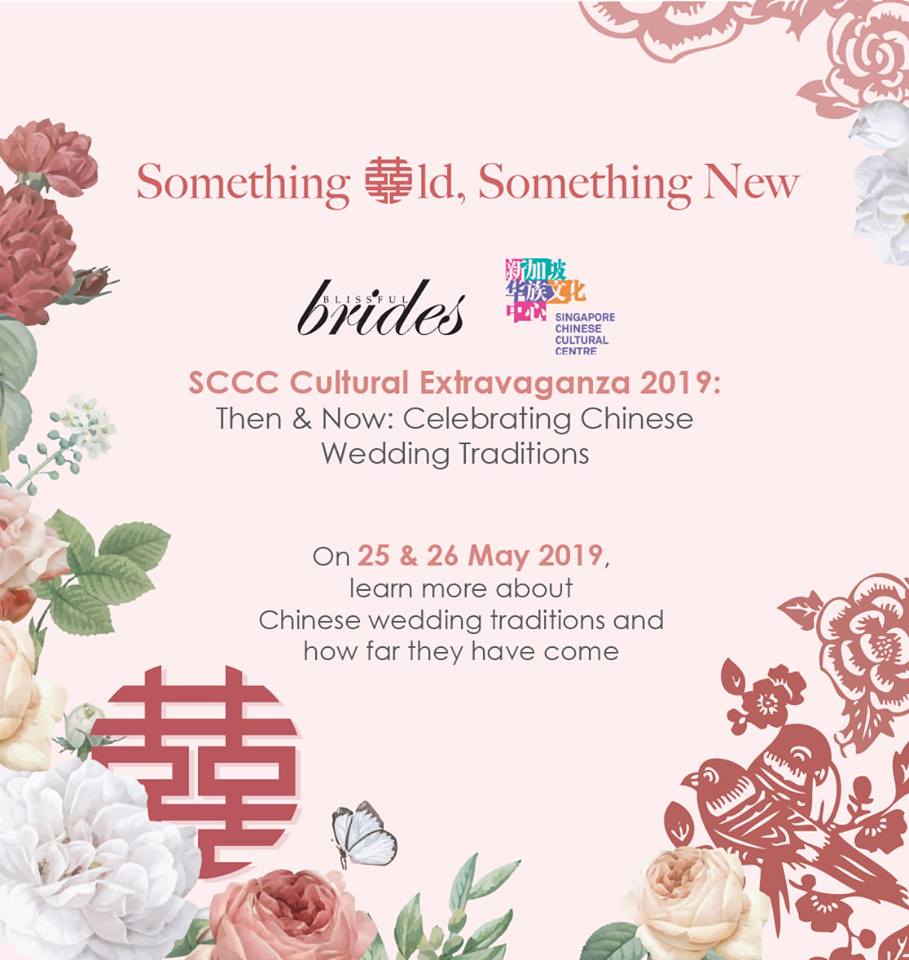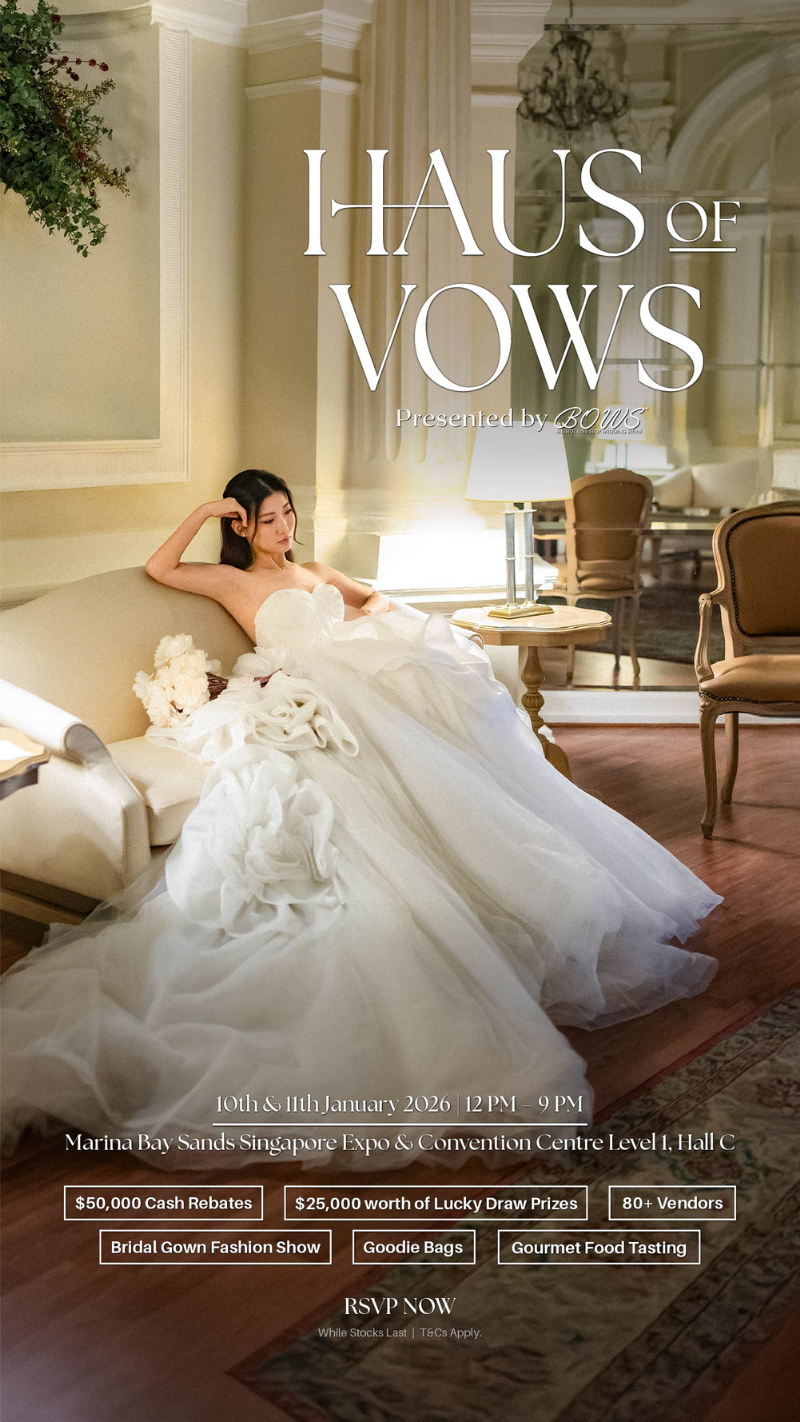Peranakan Pride: Wedding Traditions Over the Years
2019-05-16
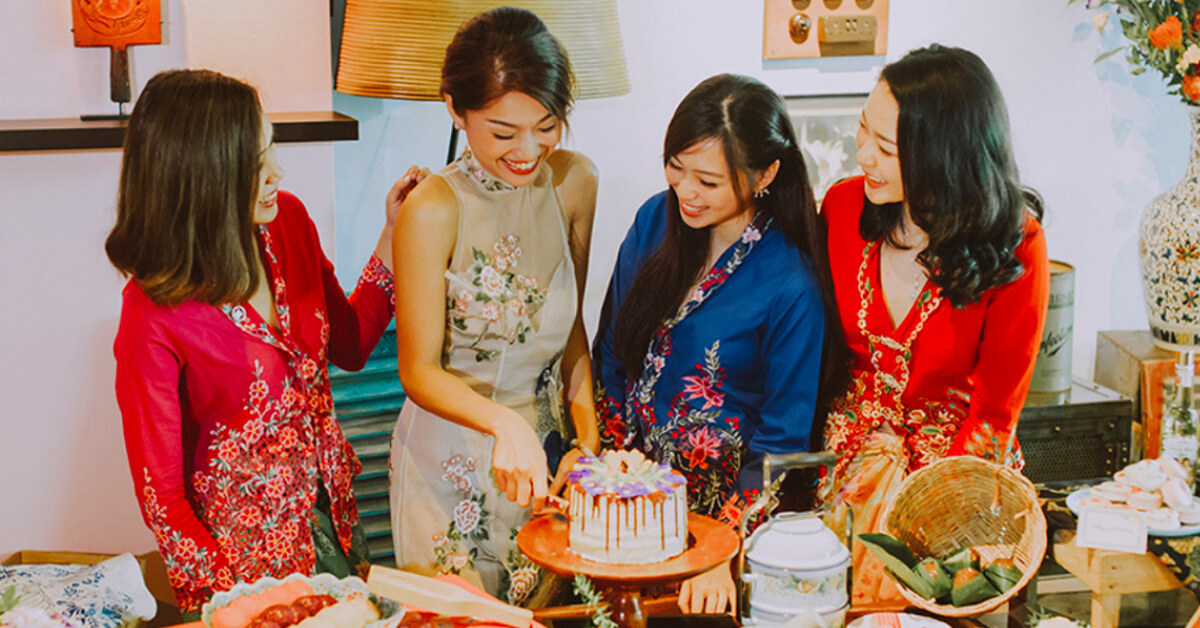
A modern Peranakan wedding celebration
Source: Louis Loo Photography
While each cultural group and/or dialect has its own wedding practices, amongst the Chinese dialect groups, there was no wedding grander or longer than that of the Baba Peranakans, descendants of the Straits-Chinese and Malays from SouthEast Asia.
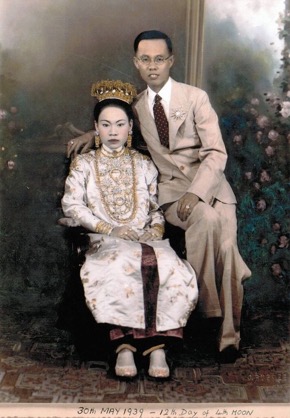
Traditional Peranakan Wedding Couple
Source: Pinterest
For the Babas and Nyonyas, weddings symbolised the integration of two families and the continuation of the family name. Hence, it was a highly-honoured and grand celebration that featured rites, traditions and practices that stemmed from their Chinese roots.
Unlike modern Peranakan weddings, the people of the past celebrated the union between the bride and groom over twelve days. Starting with the Lap Chai Ceremony—which took place before the fanfare began—and ending off with the Duabelas Hari, the twelfth day of the ceremony.
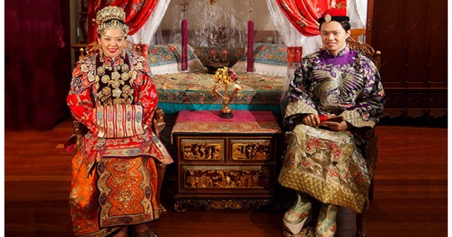
A Peranakan wedding couple
Source: Rumah Bebe
The Lap Chai Ceremony was the equivalent of the modern exchange of rings. The ceremony was carried out on a grand scale where both families would exchange trays of gifts and were accompanied by a procession of gift bearers, seronee wind instrument players and relatives.
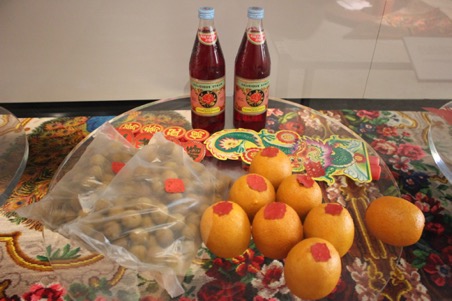
Modernised tray of gifts for the Lap Chai ceremony
Source: acm
The ceremony would take place on an auspicious day and hour with the groom sending over the set of gifts first. The bride's family, would then take in certain items and replace them with their own gifts such as a belt and buckle. While these gifts usually depended on the families, traditional items included an uncooked pork leg, a pair of red candles and fabric. Though the Lap Chai ceremony may be practised today, it may not be celebrated in the same grandeur as it was before.
Apart from the Lap Chai ceremony, the traditional Peranakan wedding also saw customs like Chiu Thau, a wedding procession and the Tea Ceremony.
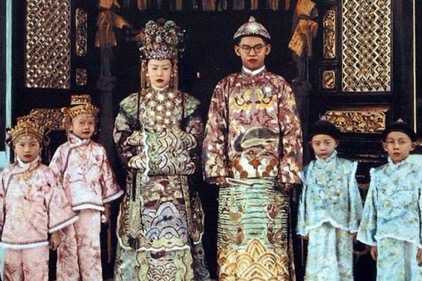
Traditional Peranakan wedding portrait
Souce: Pinterest
Chiu Thau, also known as the coming-of-age ceremony, was regarded as a crucial wedding custom. It marked the begining of the 12-day celebration and was held at an auspicious hour, between midnight and sunrise. It was through this ceremony where the couple were informed of their obligations to their parents, ancestors, future children and deities.
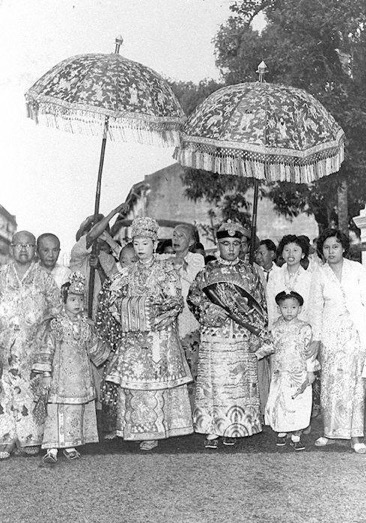
Traditional Peranakan Wedding Procession
Source: irememberSG
While the Wedding Procession was reserved for the third day to honour the local practice of Raja Sehari — a tradition where the couple is regarded as royalty for the day. According to custom, couples had to walk a symbolic distance from the bride's residence to their wedding vehicle and then to the groom's house, after paying respects to their ancestors, deities and bride's elders.
Unfortunately, these traditions have faded with time and are rarely practised in modern day weddings. Apart from these rites, modern Peranakan weddings have also lost its traditional roots in its food, costumes and jewellery.
Peranakans have always held food in high esteem and considered them to have important significance. Often, food items were given vital roles and symbolism, even for weddings, with Sireh and Nasi Lemak being notable examples.
Sireh or betel leaves, now rarely seen or used, were essential for the Peranakans and held the utmost significance. It was used to symbolise the start and end of wedding preparations, a sign of hospitality from the groom's mother during the match-making process and it was also considered a "witness" in weddings given the Sireh's honour as an "elder" in the family.
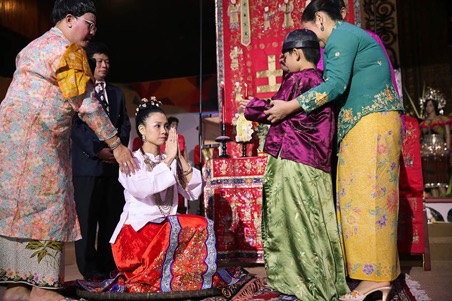
A Peranakan bride performing a traditional wedding rite
Source: malaymail
Nasi Lemak, on the other hand, was used to signify the bride's acceptance into the marital home. On duabelas hari—the twelfth day—women from both sides of the family will gather to determine the bride's maidenhood. Once satisfied, the groom's mother would send baskets of the dish to the bride, officially welcoming her as a daughter-in-law. However, such symbolic practices are scarcely seen in Peranakan weddings today.
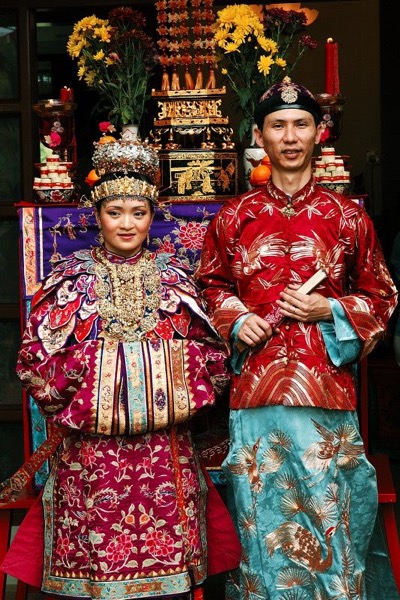
Peranakan couple in traditional wedding finery
Source: Pinterest
The changing times have also watered down the culture's custom of elaborate and lavish bridal outfits and jewellery. While couples these days tend to stop with two outfits changes, the traditional Peranakan couple saw about five, complete with the traditional headdress and masses of jewellery.
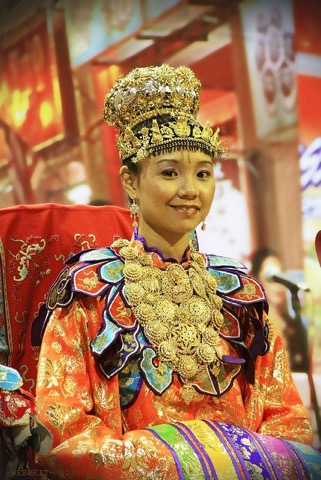
Peranakan bride in traditional wedding finery
Source: Pinterest
Similarly, jewellery was both extravagant and ornate with both bride and groom sporting their fair share. Brides were usually seen with rings on every finger, necklaces and an armful of bangles. While grooms would be adorned with rings and brooches.
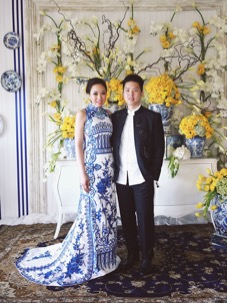
Modern Peranakan Wedding Couple
Source: Pinterest
However, the Peranakan wedding finery today has been severely toned down. Brides are usually seen in Sarong Kebayas while grooms tend to opt for a batik shirt or Western suits. Though jewellery is still part of the modern couple's outfit, it is not as lavish or ornate as tradition once demanded.
The drastic evolution and disappearance of Peranakan weddings traditions have reshaped this unique blend of culture, replacing it with modern alternatives. However, despite the absence, knowing and understanding the origins may help you better understand the existing ones and, possibly, encourage the revival of past traditions.
To learn more about the wedding practices and traditions of the Babas and Nyonyas and those of the other Chinese dialect groups, visit the Then & Now: Celebrating Chinese Wedding Traditions Exhibition from 25th to 31st May at SCCC Kwan Im Thong Hood Cho Temple Gallery, Level 2.

